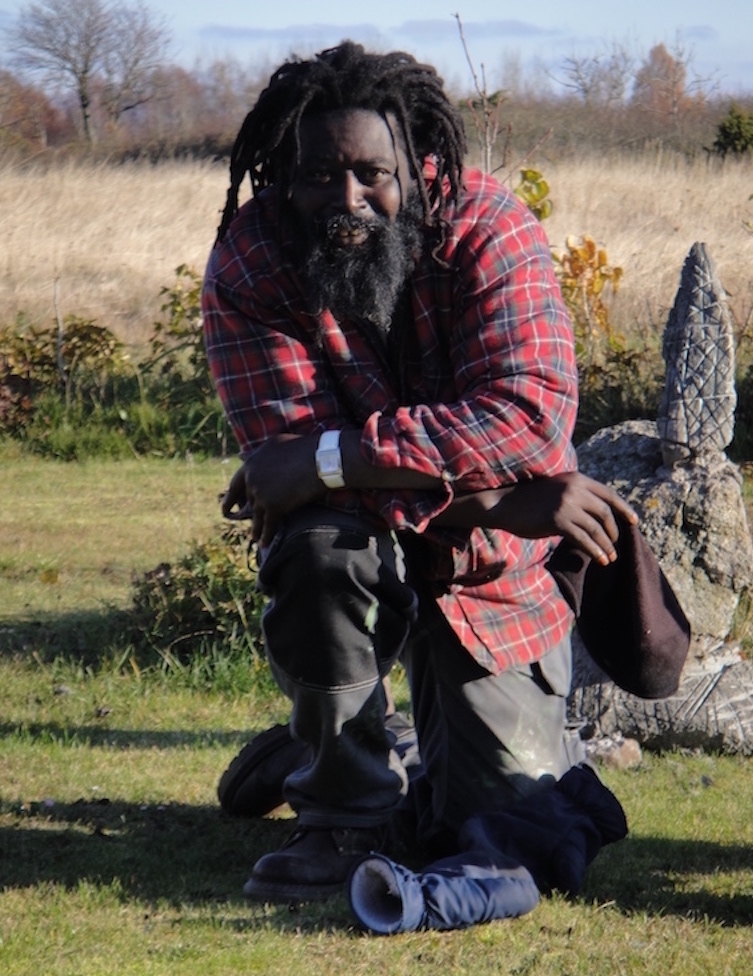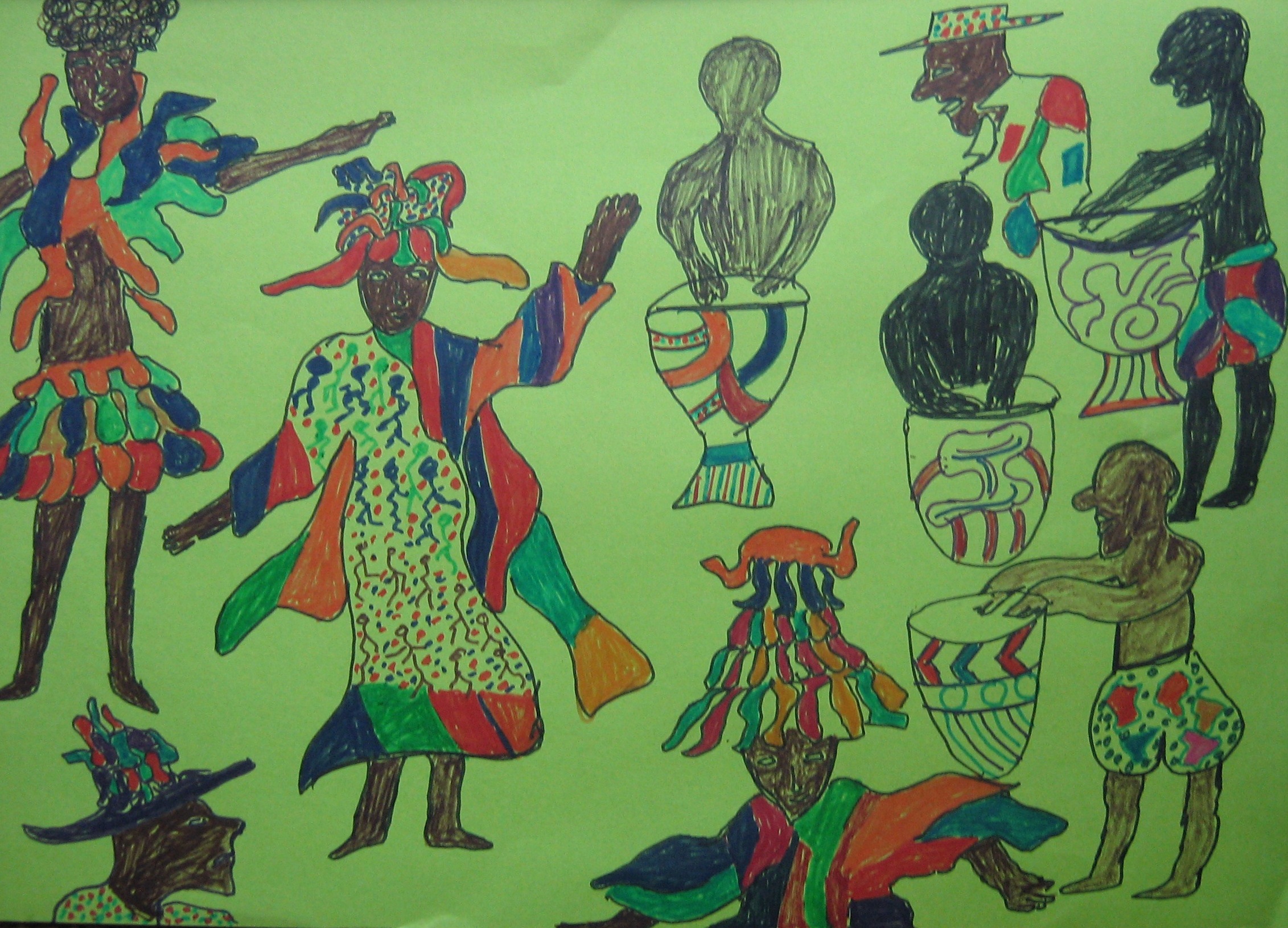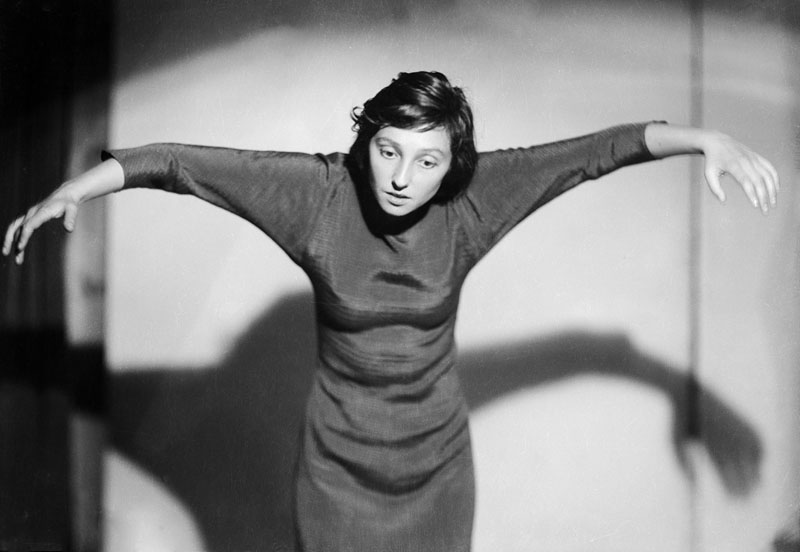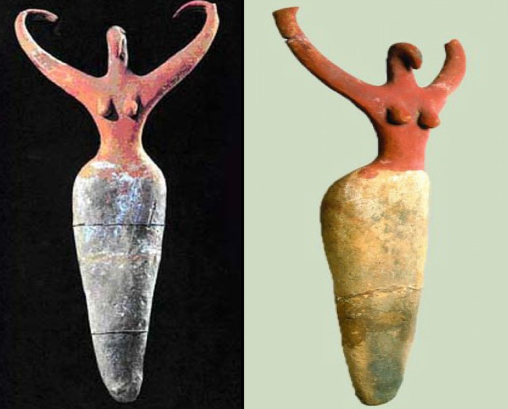Modern Matriarchal Studies
Helheta / Gunilla Madegård
MMS Website Blog
ISSA - SON OF MATRIARCHY
Five Gambian Girls Representing Five Different Tribes;
From the Left: Serere, Fulani, Jola, Wolof, Mandinka.


During my earlier days as a music- and rythm / dancing teacher in Stockholm I often bumped into African musicians from all over the African continent, and was then struck by the great admiration they spontaneously expressed for their mothers:
- Oh! Wow, you should meet with my mother - she is like you, singing and dancing - a very strong woman, a.s.o. - with a wishful glance in their eyes, remembering their mothers in action.
That was something completely new to me - men who were talking like this - so proudly of their mothers beauty and expressiveness in their singing and dancing, thus arousing my curiosity of what their culture might look like and the role women played therein, in comparison with our own Swedish / European one.
I got a taste of the possibility that mothering mustn´t be such a heavily guiltimposed, tame and tedious burden as by us.
This is what my female ancestors looked like - four generations of them, with my newborn mother Kerstin in the knee of my grandmothers grandmother Lovisa, and beside her, my grandmothers mother Emma. They got seven children each of them and my mother four, their lifes loadened with hard work, loneliness and many sorrows. And beyond churchsinging on sundays, there was not so much time for either singing or dancing. Specially not the latter.

Beyond a photo of his ageing mother, Issa hasen´t got any images of his ancestors.
But this is how he has kept their memory in his mind, his grandmothers and aunts and their female ancestrals, of whom he so often has heard about in the tales sang by the griots.

As the splended Swedish choreograph Birgit Åkesson states in her voluminous work about African dance, " - att ge spår i lufen-" (- to leave signs in the air-") it is the dancer who leads the drumming. The movements in the dance are as important to the drummers as the conductor to a symphony orchestra, and it is through the act of dancing that the rythmic patterns in the drumming have been established since times immemorial. And every single rytm is designed for a specific spirit.
Click on the images!
And that is what becomes quite obvious in this video. Just look at the female leader of this Serere dancing course, how firmly and authoritatively she corrects one of the drummers for not doing his job as he should. No doubt who is the boss here.
Much of the dancing is, according to Birgit Åkesson, not at all "symbolic" but consists of very concrete exercises in learning the basics of life and therefore mostly totally misunderstood by Western anthropologists and ethnographists. She admits though, that many of the movements is about drawing pictures in the air, representing the movements of different kinds of animals, not at least birds.
Due to my late matriarchal studies, I have now learned so much about matriarchal spirituality, that I certainly get a much better grasp of what Birgit Åkesson is trying to tell about the characteristics in the African dance, in her very specific short cut and rush way of expressing herself - perhaps trying to mirror the African concrete and direct way of thinking and acting. It would certainly be a rewarding task to get deeper into her studies of the African dance in order to extract the typical matriarchal patterns thereof, which we, the peoples in the rest of the world, most probably have inherited from them.


